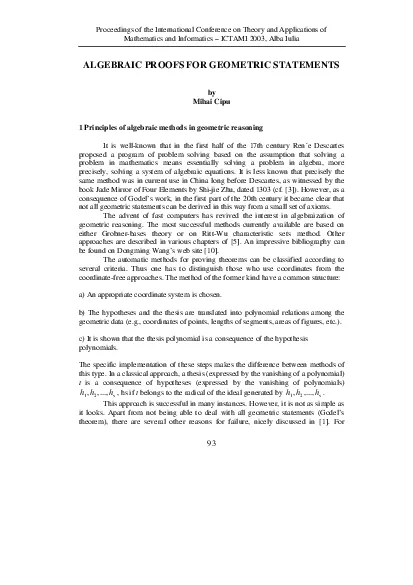PDF-Proceedings of the International MultiConference of Engineers and Comp
Author : lois-ondreau | Published Date : 2015-10-23
ISBN 9789881925190 ISSN 20780958 Print ISSN 20780966 Online IMECS 2012 SlackenPiercingPointBasedSubproblemAlgorithmfortheLPRelaxationofCrewRosteringZhaoMingyuLiuQiongandWangZhenyu Algo
Presentation Embed Code
Download Presentation
Download Presentation The PPT/PDF document "Proceedings of the International MultiCo..." is the property of its rightful owner. Permission is granted to download and print the materials on this website for personal, non-commercial use only, and to display it on your personal computer provided you do not modify the materials and that you retain all copyright notices contained in the materials. By downloading content from our website, you accept the terms of this agreement.
Proceedings of the International MultiConference of Engineers and Comp: Transcript
Download Rules Of Document
"Proceedings of the International MultiConference of Engineers and Comp"The content belongs to its owner. You may download and print it for personal use, without modification, and keep all copyright notices. By downloading, you agree to these terms.
Related Documents










